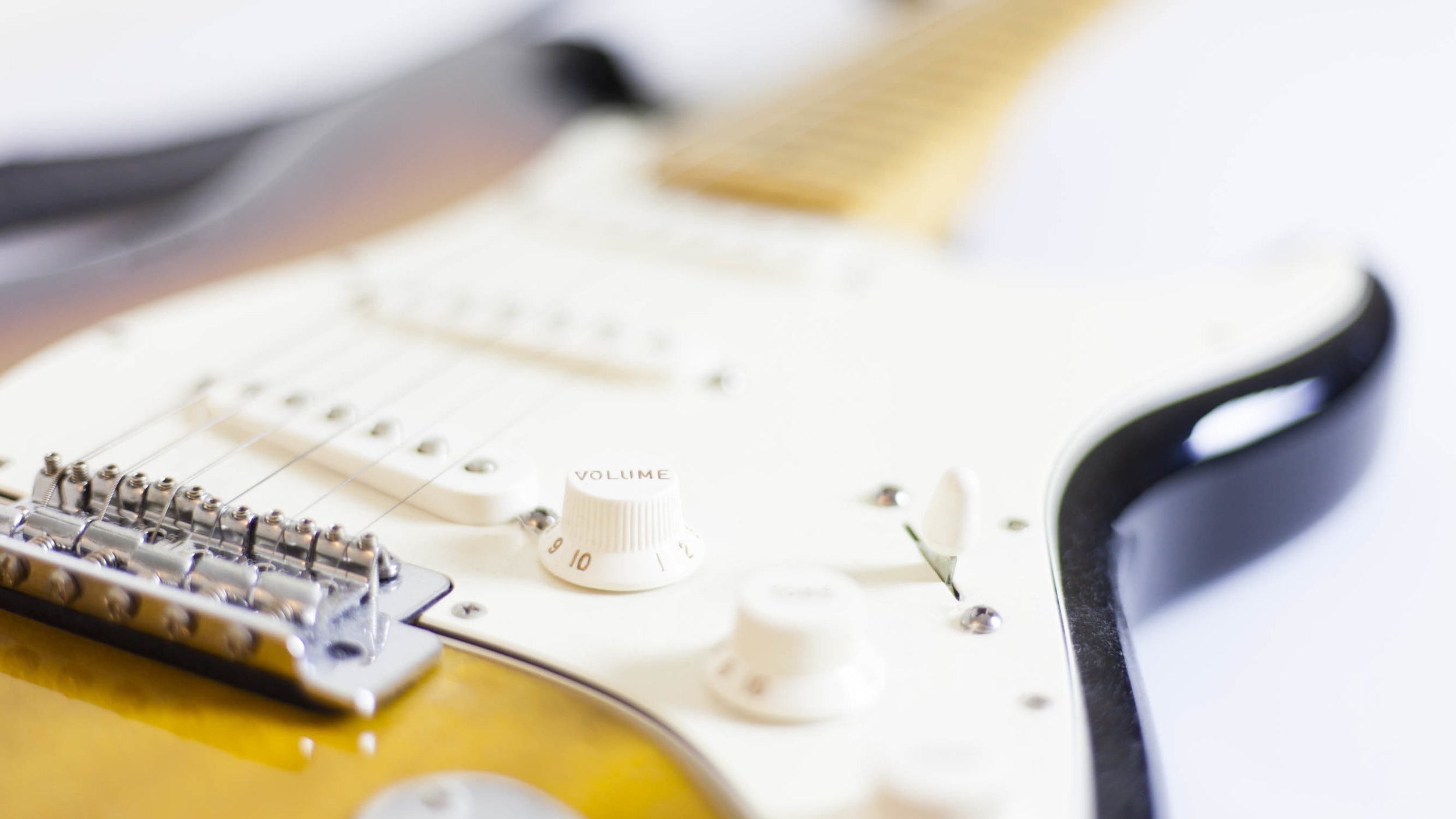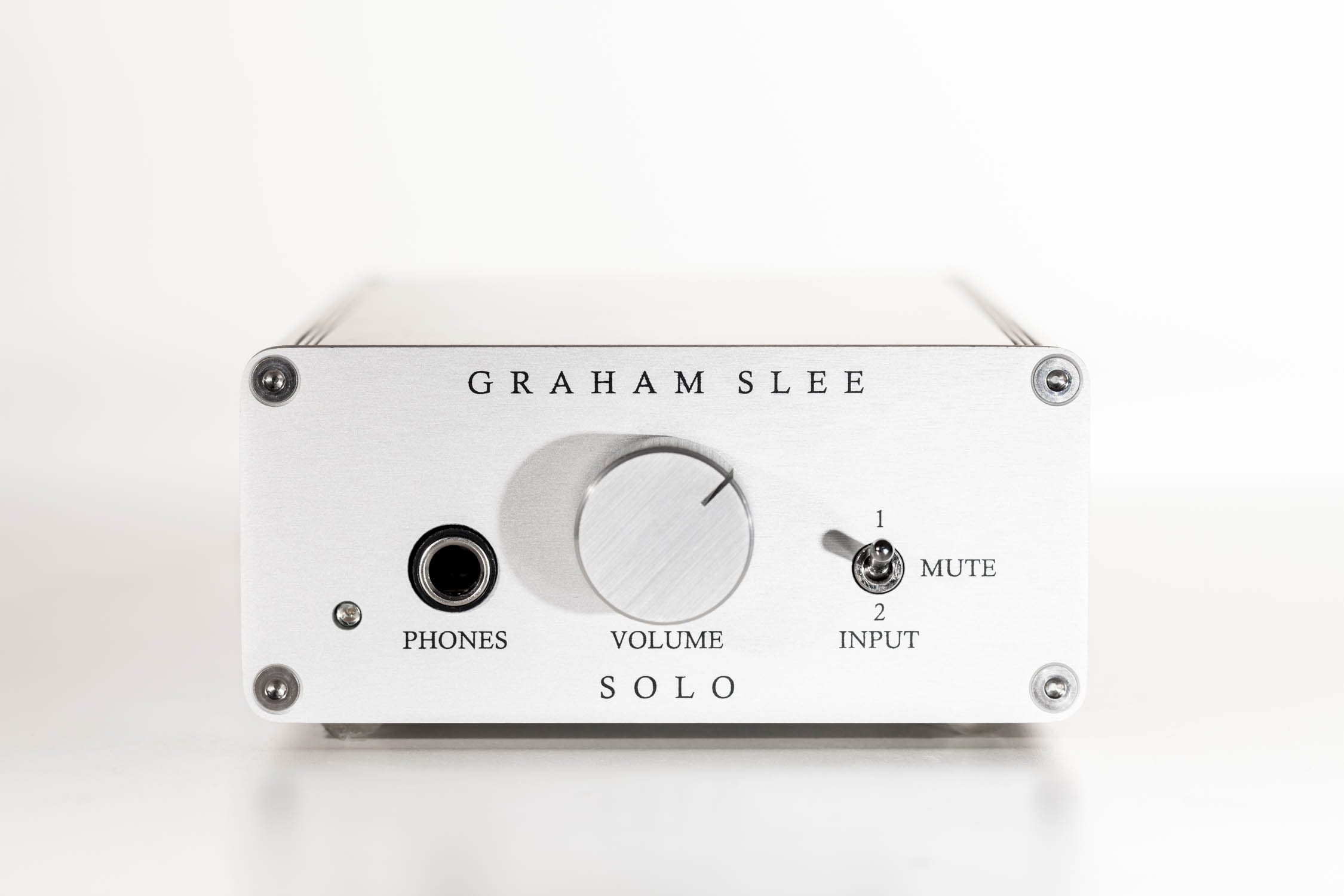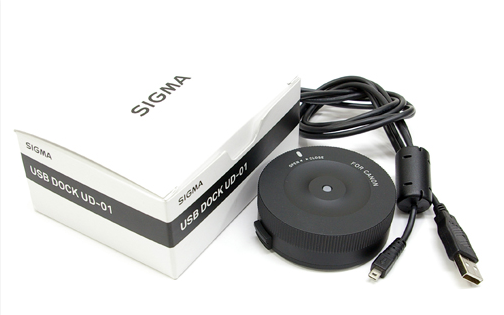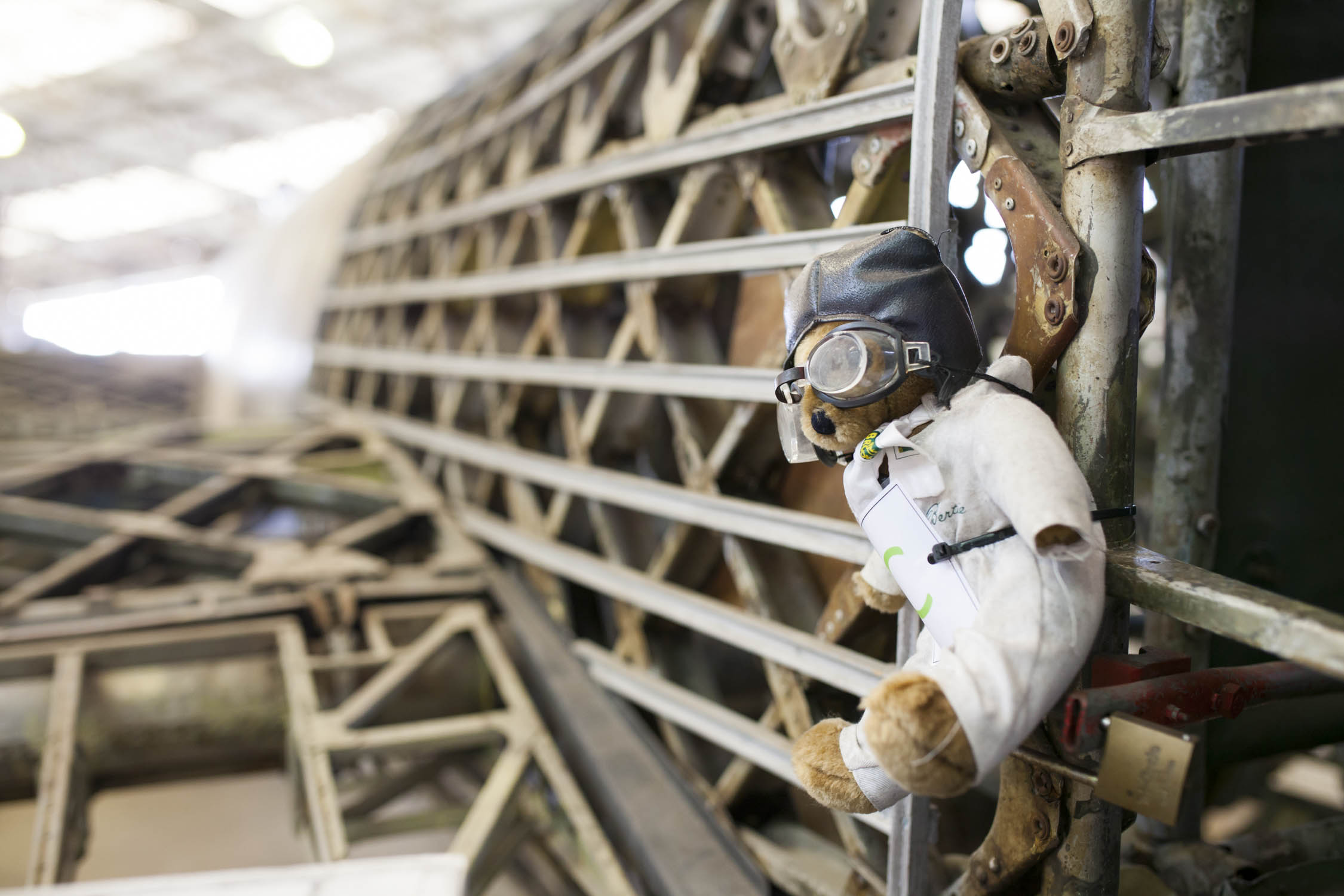In this video review we take a look at the Canon EF 50mm f/1.8 STM.
Buying photography gear can be an expensive pursuit and this is particularly the case when it comes to lenses. When first looking at the price of lenses it can be a shocking experience. Even when using one of my favourite lenses, the Canon EF 500mm f4 L IS II USM, I am still astounded when reminding myself it costs £7000. Thankfully there are lenses out there that cost less than cars. The Canon EF 50mm f/1.8 STM is one such lens.
See my related video on why you should invest in your photography. https://www.firstmanphotography.com/blog/why-you-should-invest-in-your-photography
Budding photographers often ask me what lens they should buy when upgrading from the kit lens. My answer is almost always, a 50mm prime lens. Canon’s cheapest lens fits into this category so how does this ‘new’ cheapest lens shape up?
The Canon EF 50mm f/1.8 STM has always been an excellent upgrade from the kit lens, introducing photographers to prime lenses and the joy of extreme blurred backgrounds at a very reasonable price. It also teaches new skills, such as being more thoughtful about composition; when zooming is limited to what you can do with your feet. Shooting with bigger apertures also introduces bigger challenges when it comes to focusing due to the small depth of field where less than a millimetre of movement can be the difference between a great shot and an unusable shot.
The Canon EF 50mm f/1.8 STM Lens is an improvement on the previous version. The old lens had a cheap plastic construction and mount. The newer lens is still made from plastic, albeit a better plastic, but the mount is now of metal construction offering a more solid feel. Other improvements include the aperture blades; where the old lens had five, the new version has seven curved blades offering better bokeh. The bokeh is however a bit rough and does not have the creamy properties of more expensive lenses.
The focus system also receives an upgrade to STM. This is an improvement over the standard focus motor but is still quite noisy. The lens focuses very quickly though and without hesitation providing the kind of assurance normally reserved for much higher end lenses. Even when working with a very shallow depth of field at f/1.8, the focus rarely missed. The focus system is ‘focus by wire’ meaning the camera needs to be powered on in order for the lens to adjust focus, even in manual focus.
STM lenses operate well in live view mode and this often makes them great for video. Sadly this is not the case here due to the noise of the motor. Often this problem can be solved by manual focusing but because the motor operates in this mode as well, your only option is to move your sound recording off the camera. Whilst this step will improve your videos generally, it becomes more difficult and there is also the associated cost of buying microphones and sound recorders. The lens is also lacking image stabilisation which is not an issue for stills but is a must for any kind of decent video work.
Chromatic Aberration is present in areas of high contrast but is no worse than on the more expensive f/1.4 non L version of the Canon 50mm. Stop down a bit and this becomes better controlled.
In terms of sharpness this lens is offers improvements over the kit lens and other more expensive zoom lenses but is not at the level of more expensive primes lenses. Be happy with the sharpness. For the cost, you can't complain.
Overall the Canon EF 50mm f/1.8 STM lens is an improvement over the previous incarnation. There are some weaknesses along the way and there is a little point upgrading if you already own a 50mm 1.8. However the value and the opportunities it opens up make this lens a superb option to photographers upgrading from the kit lens. This will no doubt ensure this becomes Canon's new best selling lens.

Buy now Canon EF 50 mm 1.8 STM Lens - in the UK

But now Canon EF 50mm f/1.8 STM Lens - in the US
Follow me on Instagram - http://instagram.com/adamkarnacz























